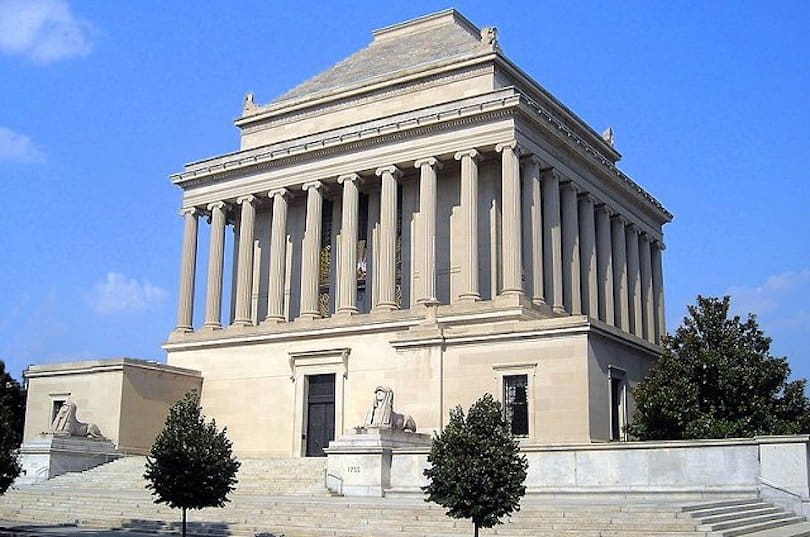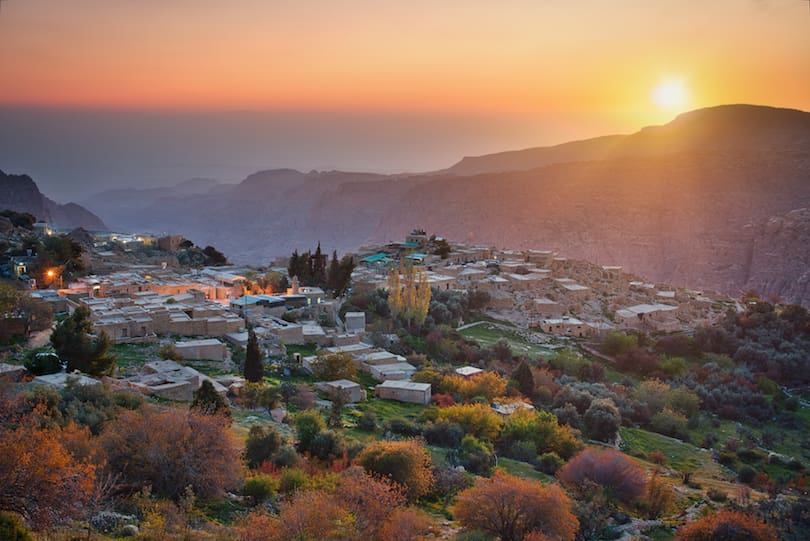Step into the realm of history and explore the captivating “7 Wonders of the Ancient World” in this comprehensive article. Unravel the mysteries surrounding these awe-inspiring marvels that have withstood the test of time. From the iconic Great Pyramid of Giza to the legendary Hanging Gardens of Babylon, join us as we delve into the rich history, architectural brilliance, and cultural significance of each wonder.
Introduction: Embarking on a Timeless Adventure
Welcome to a journey through the past, where the ancient world presents us with extraordinary feats of architecture and ingenuity. The phrase “7 Wonders of the Ancient World” has intrigued historians and adventurers alike for centuries. These wonders symbolize the pinnacle of human achievement and reflect the brilliance of the civilizations that created them. In this article, we invite you to explore these historical marvels, uncover their secrets, and appreciate the enduring legacy they have left on our modern world.
7 Wonders of the Ancient World: Unraveling the Mysteries
The Great Pyramid of Giza: A Testament to the Pharaohs’ Glory
Ancient Egyptian Architecture, Pyramid Construction, Khufu’s Pyramid
The Great Pyramid of Giza, also known as the Pyramid of Khufu, stands tall and majestic on the Giza Plateau, Egypt. Built during the reign of Pharaoh Khufu around 2580-2560 BCE, it was originally 146.6 meters (481 feet) high, making it the tallest man-made structure for over 3,800 years. The pyramid’s precise construction techniques have long puzzled historians, with theories ranging from the use of massive ramps to intricate systems of counterweights. It is believed to have been a tomb for the Pharaoh and a symbol of his divine connection to the heavens. Despite millennia of erosion and plundering, the Great Pyramid remains an iconic symbol of ancient Egyptian civilization.
The Hanging Gardens of Babylon: An Oasis of Beauty
Ancient Babylon, Mesopotamian Architecture, Queen Amytis
Among the most enchanting wonders of antiquity, the Hanging Gardens of Babylon are said to have been a breathtaking oasis suspended above the city of Babylon, present-day Iraq. Created during the reign of King Nebuchadnezzar II around 600 BCE, these gardens were a gift to his homesick wife, Queen Amytis of Media, who missed the green hills of her homeland. The gardens featured terraces adorned with vibrant flora, irrigated by a complex system of aqueducts. Although no physical evidence of the gardens has been found, they live on in historical texts and imagination, embodying the splendor of ancient Mesopotamia.
The Statue of Zeus at Olympia: A Godly Masterpiece
Ancient Greek Sculpture, Temple of Zeus, Olympia Games
The Statue of Zeus at Olympia was an awe-inspiring ivory and gold sculpture depicting the king of the gods, Zeus. Created by the renowned sculptor Phidias around 435 BCE, it resided within the Temple of Zeus in Olympia, Greece. Standing at over 12 meters (39 feet) tall, the statue showcased the artistic prowess of ancient Greeks. The Temple of Zeus served as the venue for the famous ancient Olympic Games, adding to the statue’s significance as a symbol of divine protection for the athletes and spectators. Regrettably, the statue was lost to time, but its magnificence endures in historical records.
The Temple of Artemis at Ephesus: A Shrine to a Goddess
Ancient Ephesus, Greek Temples, Goddess Artemis
Dedicated to the Greek goddess Artemis, the Temple of Artemis was an architectural masterpiece situated in Ephesus, present-day Turkey. Constructed in the 6th century BCE, it was one of the grandest temples of its time, with stunning marble columns and intricate friezes. The temple housed a sacred statue of Artemis, representing fertility and protection, attracting pilgrims from far and wide. Despite being twice destroyed by fire, the temple was rebuilt with even greater splendor each time, a testament to the devotion of its worshippers.
The Mausoleum at Halicarnassus: A Tomb Fit for a King
Mausolus Mausoleum, Ancient Tombs, Queen Artemisia
The Mausoleum at Halicarnassus, located in modern-day Bodrum, Turkey, was an extraordinary tomb built to honor Mausolus, a Persian satrap. After Mausolus’s death in 353 BCE, his wife and sister, Queen Artemisia, commissioned the construction of this grand structure. Standing over 45 meters (148 feet) tall, it boasted intricate friezes and sculptures, showcasing the grandeur of ancient Greek architecture. The word “mausoleum” itself originates from this monumental tomb, reflecting its lasting impact on architectural vocabulary.
The Colossus of Rhodes: A Guardian of the Harbor
Ancient Rhodos, Colossal Statues, Helios
The Colossus of Rhodes was a massive bronze statue of the sun god Helios that once stood at the entrance of the harbor in Rhodes, Greece. Erected in 280 BCE to celebrate the island’s successful defense against invaders, the Colossus stood approximately 33 meters (108 feet) tall. Despite its grandeur, an earthquake struck Rhodes in 226 BCE, causing the statue to collapse. Though it was never rebuilt, the Colossus became an enduring symbol of resilience and national pride.
The Lighthouse of Alexandria: A Guiding Beacon
Pharos Lighthouse, Ancient Alexandria, Seven Wonders List
The Lighthouse of Alexandria, also known as the Pharos Lighthouse, was a marvel of engineering and one of the tallest structures of the ancient world. Standing on the island of Pharos in Alexandria, Egypt, it was built during the reign of Ptolemy II Philadelphus in the 3rd century BCE. Its primary function was to guide ships safely to the harbor, utilizing a sophisticated system of mirrors and open flames to create a powerful beacon. Sadly, a series of earthquakes over the centuries led to its eventual demise, and today, no remnants of the lighthouse remain above water.
FAQ’s
- Q: Are any of the 7 Wonders of the Ancient World still standing today? A: Unfortunately, none of the original wonders exist in their complete form today. The Great Pyramid of Giza is the only one that remains, though somewhat eroded.
- Q: How were the 7 Wonders of the Ancient World selected? A: The concept of the 7 Wonders originated with various ancient Greek writers, each contributing to the list over time.
- Q: Can visitors explore the ruins of the ancient wonders? A: Yes, some of the ancient wonder sites are open to tourists, such as the Great Pyramid of Giza and the Temple of Artemis.
- Q: Is there any truth to the legend of the Hanging Gardens of Babylon? A: While there is historical evidence for the existence of the gardens, their exact location and appearance remain subjects of debate.
- Q: How long did it take to build these wonders in ancient times? A: Each wonder had a different construction timeline, but most took several years to complete, often decades.
- Q: Are there any modern efforts to rebuild these ancient wonders? A: Some projects aim to recreate elements of the ancient wonders, but full reconstruction remains challenging due to the lack of complete historical records.
Conclusion: Echoes of a Distant Past
Journeying through the 7 Wonders of the Ancient World offers a glimpse into the achievements and aspirations of ancient civilizations. These architectural marvels have stood the test of time, inspiring awe and wonder for generations. While the physical structures may have eroded, their legacy lives on, weaving stories of ancient cultures and their quest for beauty, meaning, and significance. As we marvel at these wonders, we are reminded of the enduring impact of human ingenuity and the richness of our shared history.


















